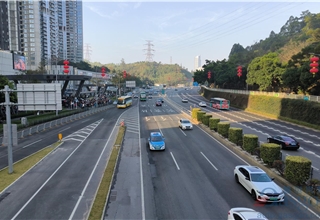The registration volume of domestically produced passenger vehicles (PVs) in the Chinese Mainland reached a new high in October 2024, with 2,296,336 units registered. This marked a significant year-on-year increase of 20.32% and a month-on-month growth of 7.85%. Notably, 1,179,912 units of these registrations were new energy vehicles (NEVs), accounting for a penetration rate of 51.38%.
The surge in registrations can be attributed to various factors, including nationwide vehicle replacement subsidies and policies encouraging car consumption. Generous subsidies for vehicle purchases, particularly for NEVs, have driven market growth. The implementation of national vehicle scrappage and replacement policies, along with regional initiatives promoting automobile trade-ins, has significantly boosted market demand. The recent stability in the stock market and housing market has also contributed to consumer confidence, indirectly supporting car sales.
Among the top 20 PV brands by registrations in October, 11 were Chinese domestic brands, with BYD leading the pack. Volkswagen and Toyota maintained their positions as the second and third top brands, respectively. Tesla, the only foreign-owned brand in the top 20 list, ranked 15th in October.
In terms of NEV registrations, BYD, Wuling, and Li Auto were among the top performers. BEVs dominated the NEV market in October, accounting for 57.3% of registrations, followed by PHEVs and REEVs.
On a city level, Chengdu, Zhengzhou, and Beijing led in PV registrations, with Chengdu surpassing 500,000-unit registrations for the year. Among YTD NEPV registrations, BYD, Tesla, and Wuling were the top three brands, with BYD registering over 2 million NEVs.
In October, BYD also dominated the top 20 NEPV models rankings, with the BYD Seagull leading the pack. Wuling’s Hongguang MINIEV and Tesla’s Model Y also performed well in the rankings.
Overall, the Chinese domestic NEV market continued to show robust growth in October, with BEVs being the most popular choice among consumers. The market is expected to continue expanding, driven by government subsidies and policies supporting the adoption of new energy vehicles.







